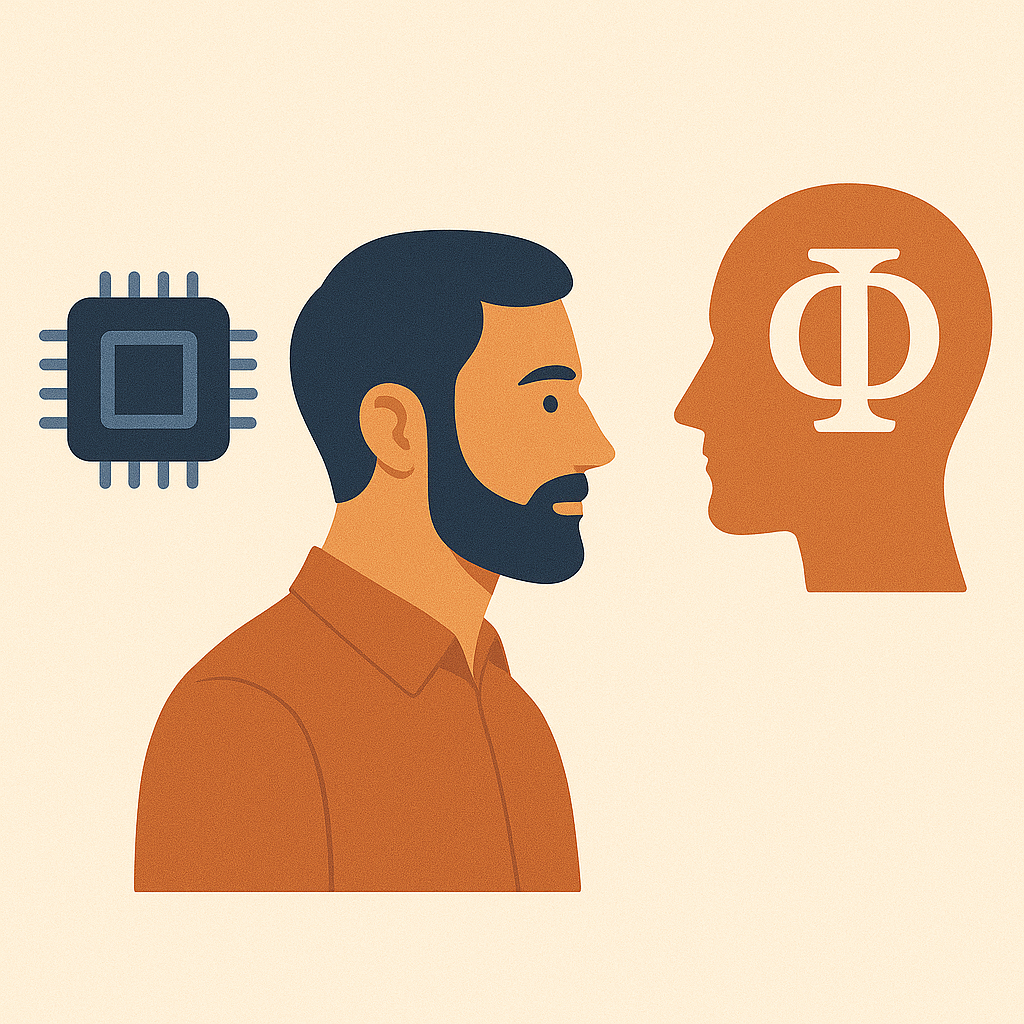Artem's Notes
- Tech & Engineering Insights
- Entrepreneurship & Product Building
- Personal Story & Philosophy
- Future & Industry Thinking
What 15 Years in Full-Stack Taught Me About Tech (and Myself)
→ Mix of philosophy and career retrospective.

When I started coding over 15 years ago, I had no idea it would become a lifelong companion—a tool, a teacher, and at times, a mirror. I began with simple curiosity: “How does the internet work?” Today, I’m still asking questions—but they’ve evolved into: “How can technology serve people better?” and “How can I grow through what I build?”
1. Full-Stack Means Full-Responsibility
Being a full-stack engineer means wearing many hats. You don't get to say, “That’s not my job.” From configuring servers to optimizing frontend performance, from designing APIs to debugging broken deployments—you're responsible for delivering outcomes, not just code.
In one project, I was tasked with launching an internal CRM for a client. What started as a backend task ended up pulling me into UI design, performance optimization, and even onboarding their support team. That experience taught me: full-stack is not just technical—it's also about seeing the big picture and taking ownership from idea to impact.
2. Languages Are Temporary—Thinking Is Forever
I’ve worked with PHP, Ruby, JavaScript, TypeScript, Python, Go—and that’s just the short list. The syntax changed. The tools changed. But the underlying patterns didn’t. Knowing how to break problems down, model systems, and communicate clearly always gave me the edge.
I remember migrating a legacy Magento 1 store to Magento 2, rebuilding parts of the codebase in Laravel while integrating Vue.js on the frontend. It was a messy puzzle—but by focusing on separation of concerns, clear API design, and user flow, we shipped it cleanly.
3. The Stack Isn’t Just Code—It’s People, Process, and Perspective
I used to believe tech was about tools. Now I know it’s also about trust. A solid stack without communication breaks down fast. A mediocre stack with a great team can ship miracles.
One of the most painful lessons came during a startup gig where our backend team and frontend team barely talked. Features were misaligned, QA cycles dragged on, and the product suffered. From that point on, I started treating “tech stack” as including team culture, not just technology choices.
4. Burnout Doesn’t Make You a Hero
There were years I romanticized overworking. I believed staying up till 3 AM solving problems meant I was “committed.” But after a few crashes—physically, emotionally, creatively—I realized: sustainability beats intensity. Always.
Today, I build with intention. I track energy, not just tasks. I automate what drains me and invest my time where it has the most leverage—architecture, mentorship, experimentation.
5. Build for People, Not Portfolios
The most satisfying work I’ve done wasn’t flashy. It was useful. A custom dashboard I built for a friend’s nonprofit saved them hours every week. An automation tool I wrote for invoicing saved a small team thousands of dollars annually. None of these projects landed on my resume, but they made me proud.
This philosophy now guides my product decisions. Whether I’m designing a user interface or planning an architecture, I always ask: “Who is this for? And what do they actually need?”
6. Shipping Is a Spiritual Practice
There’s something magical about taking an idea in your head and turning it into a live product. It’s part creation, part meditation. Every time I deploy something, I learn more about myself: how I handle pressure, how I react to feedback, how I recover from mistakes.
I once launched a personal project—a crypto wallet tracker—only to realize after release that my assumptions were wrong. People didn’t want analytics—they wanted simplicity. That failure was humbling, but also clarifying. I redesigned it with just two screens and suddenly, users loved it. The lesson? Let the real world correct your ego.
7. I’m Still Building—Still Learning
These days, I’m building SKYC and IO SMART HUB—platforms focused on decentralization, smart living, e-commerce, and training. They're still in development, but they embody everything I’ve learned: clarity of vision, modular design, automation-first workflows, and human-centered thinking.
I use tools like Docker, Laravel, Rails, React, AI models like GPT, and edge architecture principles to build smarter, leaner, and more resilient systems. But what excites me isn’t the tech—it’s the opportunity to create something useful, ethical, and scalable.
15 Years, 5 Takeaways
- Code is never neutral—your mindset shapes your output.
- The tools will change—your values shouldn't.
- Build with empathy—it pays off more than cleverness.
- Automate what you hate—protect your energy.
- Don’t wait for permission—build, learn, iterate.
Final Thought
If there’s one thing these 15 years have taught me, it’s this: tech is a vehicle, not the destination. What matters is what you build with it, who you help with it, and who you become along the way. I’m still on the path. Still writing code. Still writing my story—one commit at a time.
Posted on May 28, 2025
– Artem Solianyk
Founder of SKYC & IO SMART HUB | Full-Stack Engineer, Builder, Dreamer